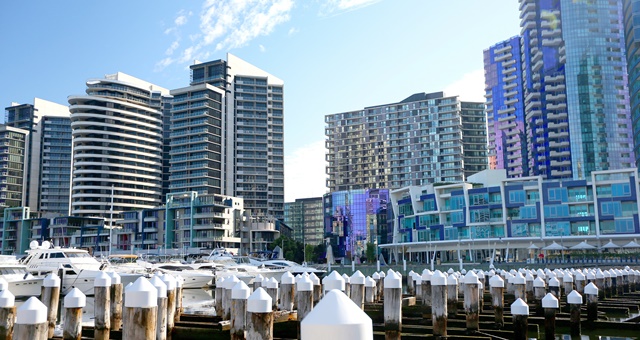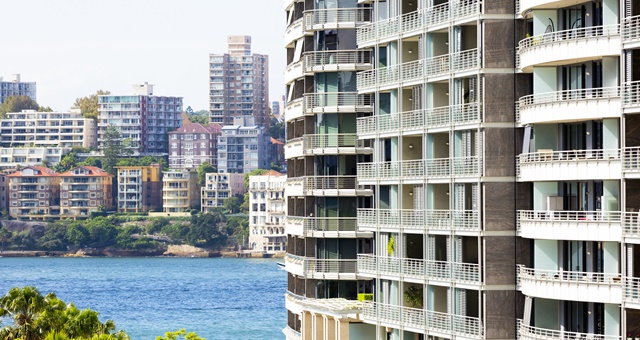
Tourism Accommodation Australia (TAA) has praised new research which shows blatant exploitation of loopholes allowing private residences to operate short-term letting outside of regulations.
The ‘Technological disruption in private housing markets’ report from the Australian Housing and Urban Research Institute (AHURI) looked at how short-term accommodation platforms such as AirBnB, HomeAway and Booking.com among others contributed to housing affordability issues. The report also raises potential responses available to different levels of government.
A key finding from the study was that short-term letting (STL) platforms hindered housing availability in inner-city Sydney and Melbourne areas which the TAA says are highly attractive to both visitors and longer-term renters. These high-demand areas, coupled with falling bond lodgement rates and increasing vacancy levels, were removing properties from long-term rental markets and increasing unaffordability of housing among renters and buyers.
The report found STL revenue earned by hosts was used as extra dispensable income rather than paying off mortgages or other housing financial obligations.
In terms of ways to counteract the flow, AHURI made four key suggestions. It recommended the implementation of a governmental registration system to enforce STL rules, localised strategies to limit clusters of STL properties in high-demand city areas, developing ways to limit or prevent STL homes being used as commercial enterprises for more than 90 days in one stretch, and ensuring data was kept up-to-date for further research purposes.

In Sydney, eastern suburbs and northern beaches suburbs such as Darlinghurst and Manly were highly populated with STL rentals, estimated at being between 11.2% and 14.8% of rental stock. Sydney is currently in the Top 10 among cities globally offering the highest number of STL accommodation.
Further south in Melbourne, the same assessment found high-density STL rentals in Docklands, Southbank, Fitzroy and St Kilda, accounting for between 8.6% and 15.3% of available rentals.
TAA NSW Chief Executive, Carol Giuseppi, said the research confirmed there was a high percentage of residential properties operating on a commercial basis without regulatory oversight.
“The new research really doesn’t come as a surprise – our data obtained from Inside Airbnb over the full year to June 2018 showed a total of 32,830 listings with 33.55% of those being whole dwellings let for more than 90 days.
“This is in line with approaches taken around the world. As the report advises ‘it represents a period of time thought to be the maximum period long-term occupants could vacate their property without having to seek alternative long-term accommodation themselves.
“We have long argued that renting out premises for more than 90 days is actually a commercial enterprise.
“There has long been denial that there are links between short term letting and housing availability – the AHURI report now provides clear evidence of that link,” Giuseppi added.

